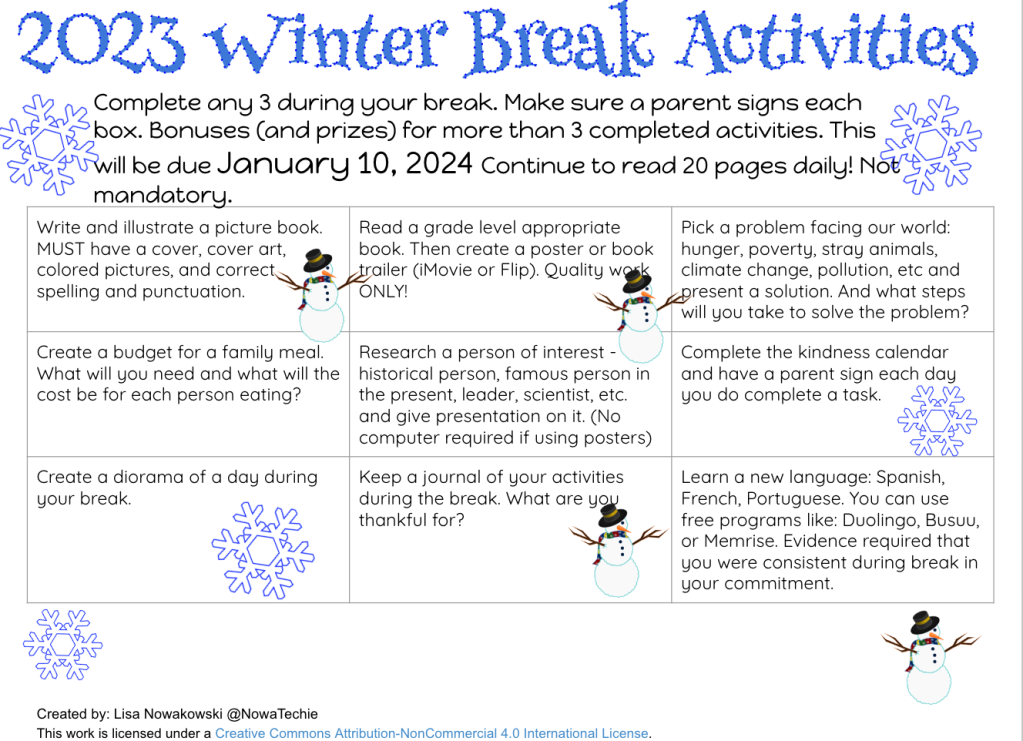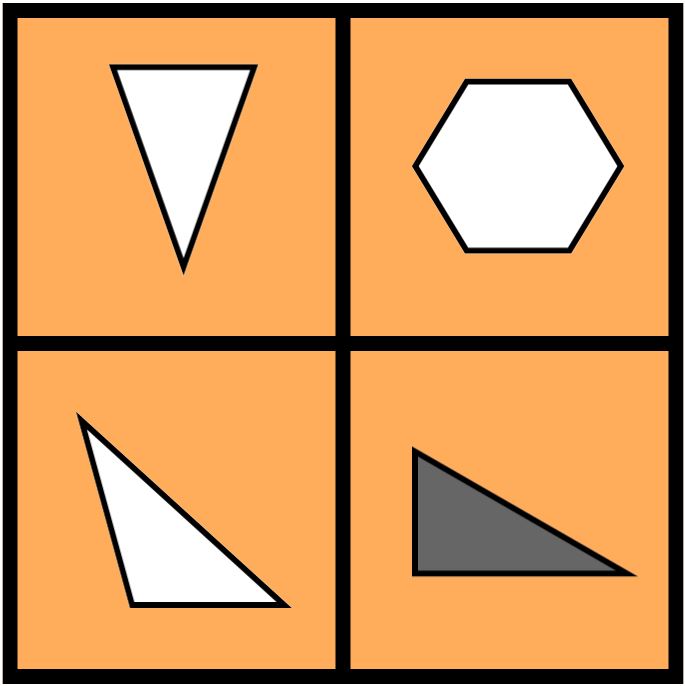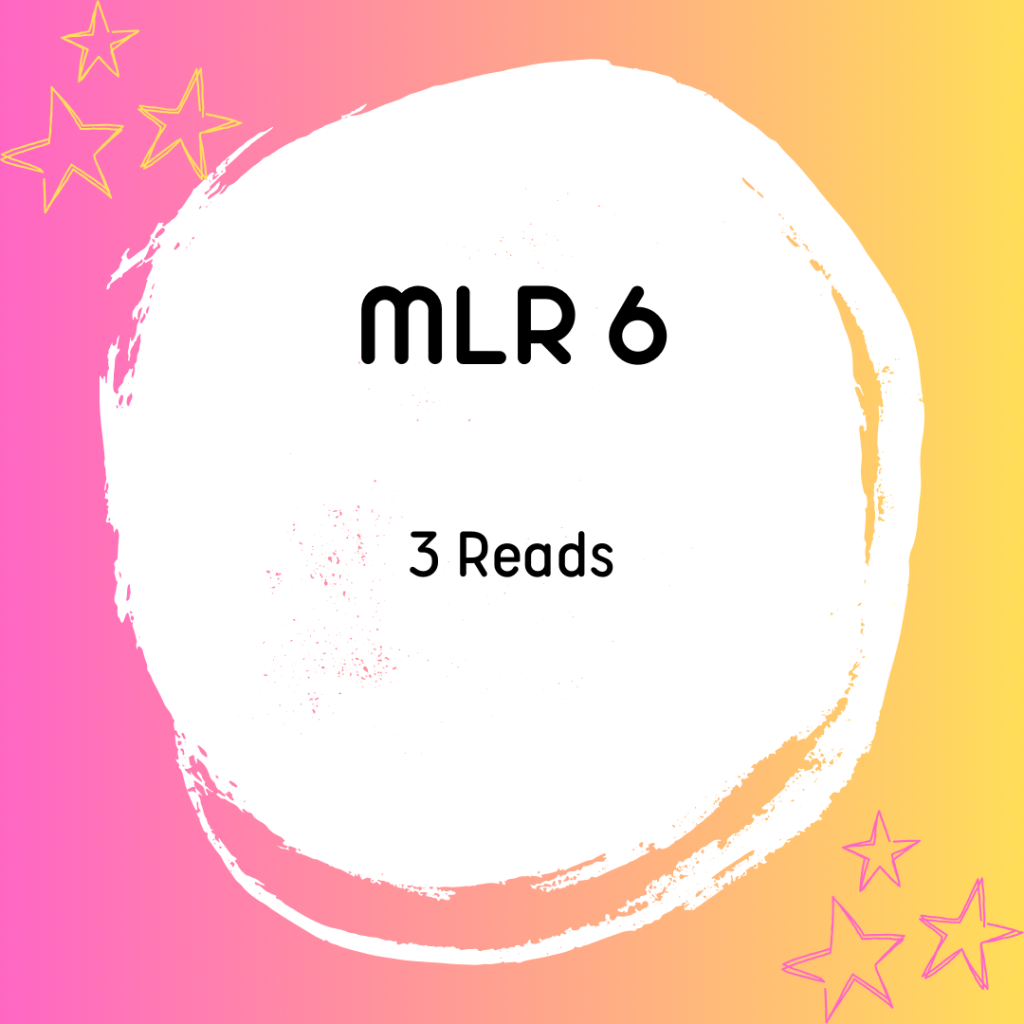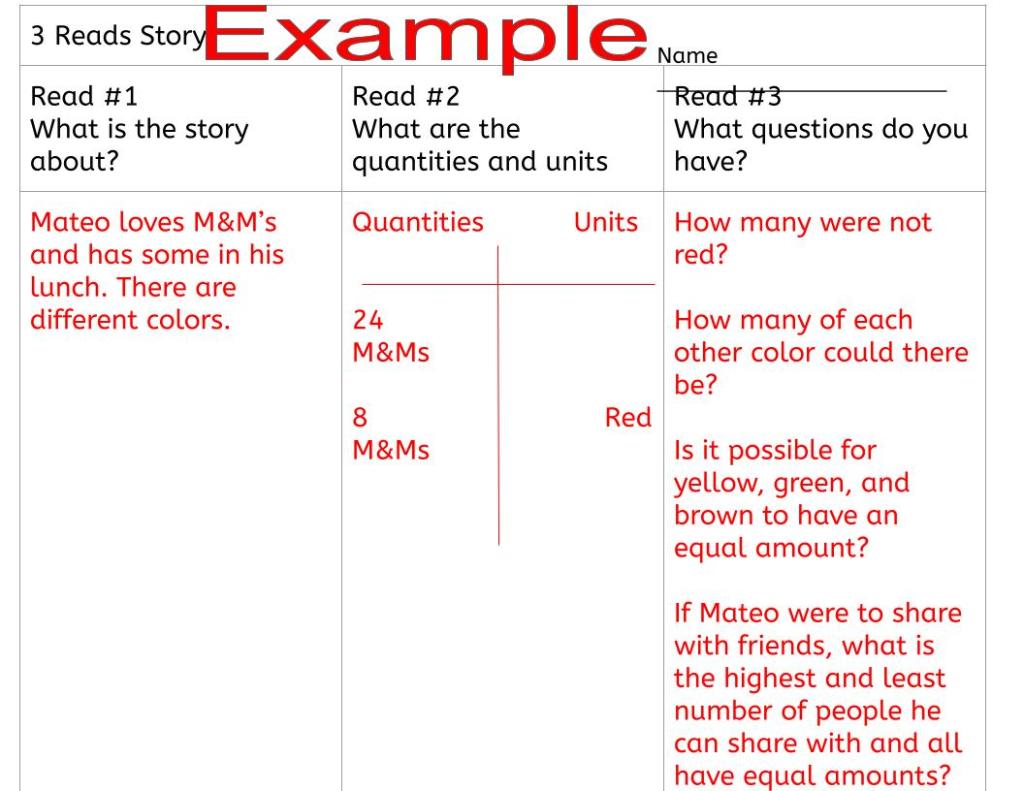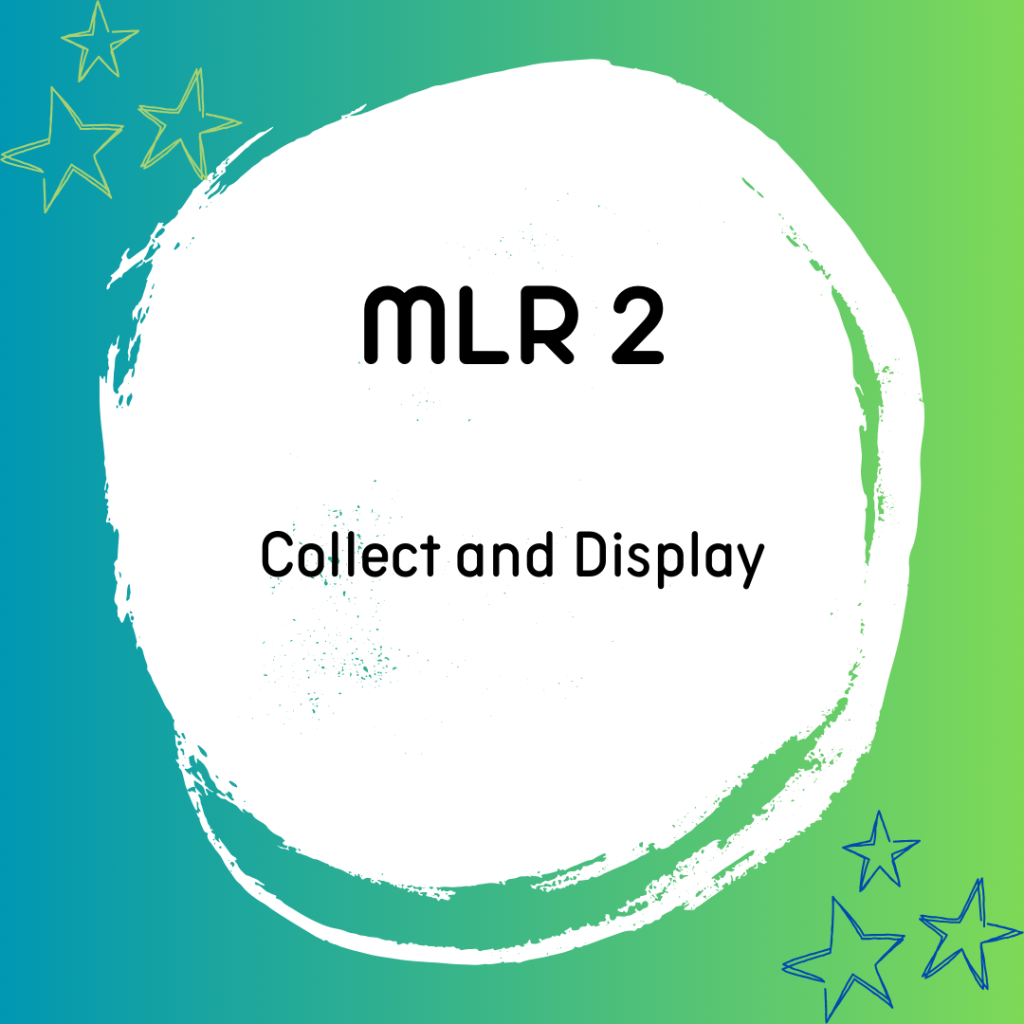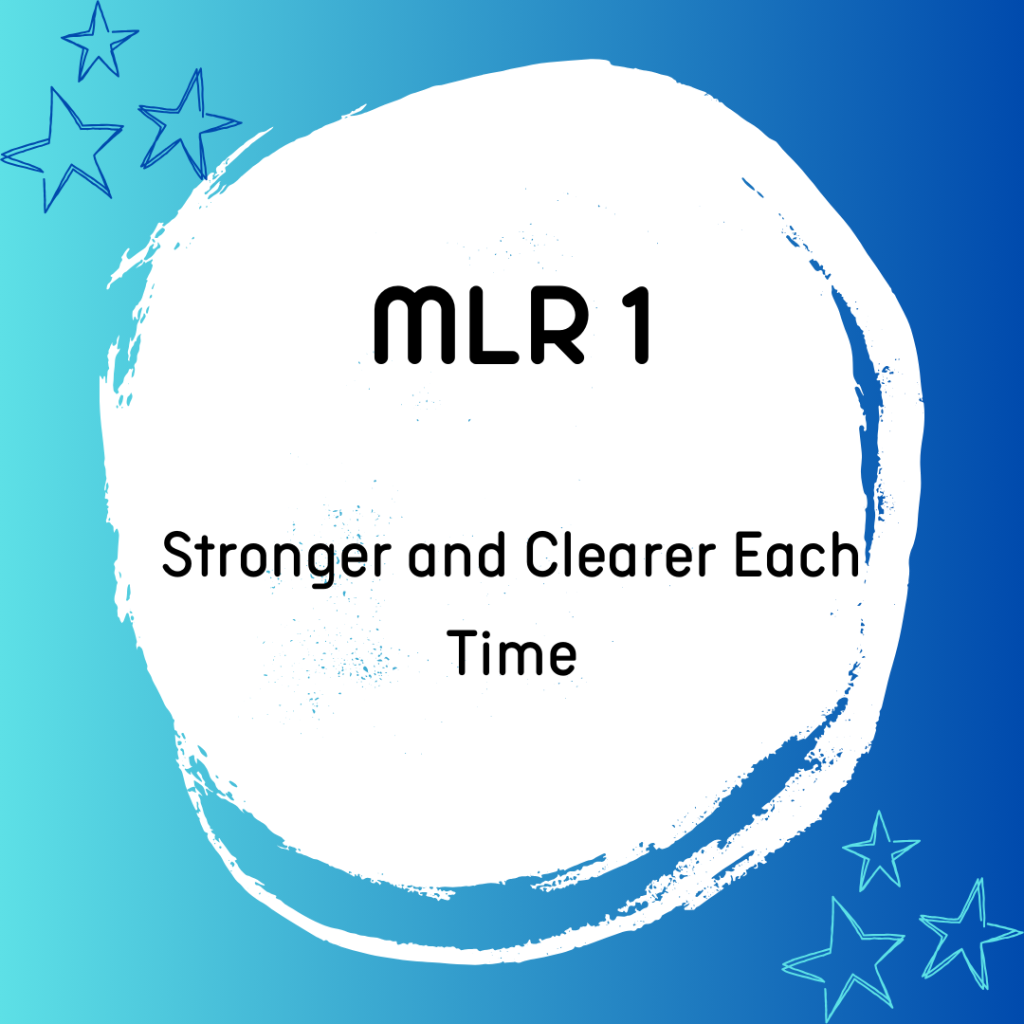The world of AI tools is vast and ever-evolving. Amongst the sea of options, one particular tool has caught my attention: Magic School. With a focus on teachers and schools, it offers a unique approach that sets it apart from the rest. Its comprehensive range of categories opens up exciting possibilities for integrating AI into different educational contexts. The best part? It comes in both a free and paid version, tailored to suit varying needs. Allow me to share an image of its advantages from their official website. Get ready to dive into a world of innovative possibilities!
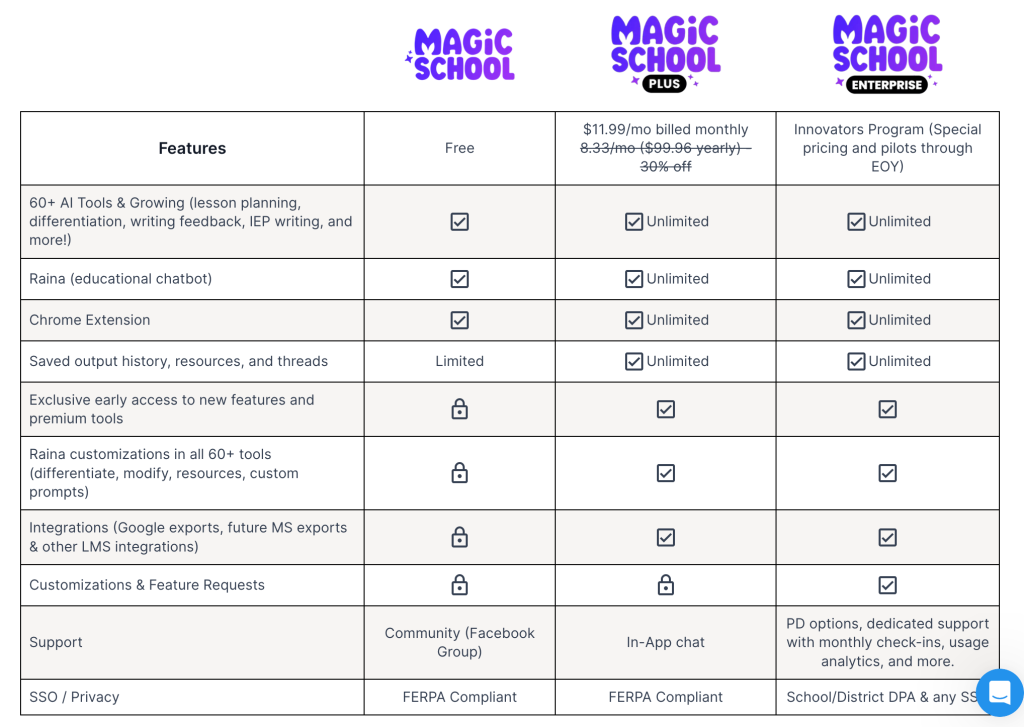
On the home page, you will find 66 different categories. Some examples of these categories include Math Spiral Review, Standards Unpacker, Sentence Starters, Text Leveler, and IEP Generator, among many others. As I was curious, I decided to take a closer look at the Standards Unpacker category. What caught my attention was the fact that it addresses the specific skills that students need to succeed, provides clear Learning Targets, and summarizes the standard. However, I found the Instruction and Assessment Plan section to be somewhat vague. Nevertheless, one interesting aspect is that you can go back to the tool and use that initial plan as a starting point to create a more detailed and thorough plan.
Standard: 5.NBT.A.1
Break Down Standard:
Skills: Recognizing place value in multi-digit numbers
Knowledge: Understanding how the value of a digit changes as it moves to the left or right in a number
Concepts: Place value, base-ten number system, positional notation
Define Expectations:
In this standard, 5th-grade students are expected to understand the concept of place value in multi-digit numbers. They should recognize that each digit in a number has a specific value determined by its position. Additionally, they should understand that the value of a digit in one place is 10 times greater than its value in the place to its right, and 1/10 of what it represents in the place to its left.
Formulate Learning Targets:
By the end of this standard, students should be able to:
-Identify the place value of digits in multi-digit numbers.
-Determine the value of a digit based on its position within a number.
-Describe the relationship between the value of a digit and its position.
Instruction and Assessment Strategies:
Use manipulatives, such as base-ten blocks, to help students visualize and understand the concept of place value.
Provide opportunities for students to explore and compare the values of digits in different positions within a number.
Use number lines and number charts to reinforce the concept and relationship of place value.
Engage students in problem-solving activities that require them to apply their understanding of place value.
Assess students' understanding through quizzes, worksheets, and real-life problem-solving tasks that involve place value.
Summarize:
In this standard, 5th-grade students are expected to develop a deep understanding of place value in multi-digit numbers. They should be able to recognize the value of each digit based on its position within the number and understand the relationship of each digit to its neighboring digits. Instructional strategies such as hands-on manipulatives, visual aids, and problem-solving activities can help students master this concept. Assessment strategies should include both formal and informal methods to gauge students' understanding and application of place value.
From my brief exploration, I believe that this tool has the potential to greatly assist teachers in working more efficiently. It eliminates the need for teachers to come up with learning objectives, develop grading criteria, and design lesson plans. Although AI should not replace all of a teacher’s work, it can certainly assist them in the more demanding tasks. Teachers will still have the ability to review and customize the generated outputs to suit their specific requirements. Overall, I am optimistic about the potential of this tool.
